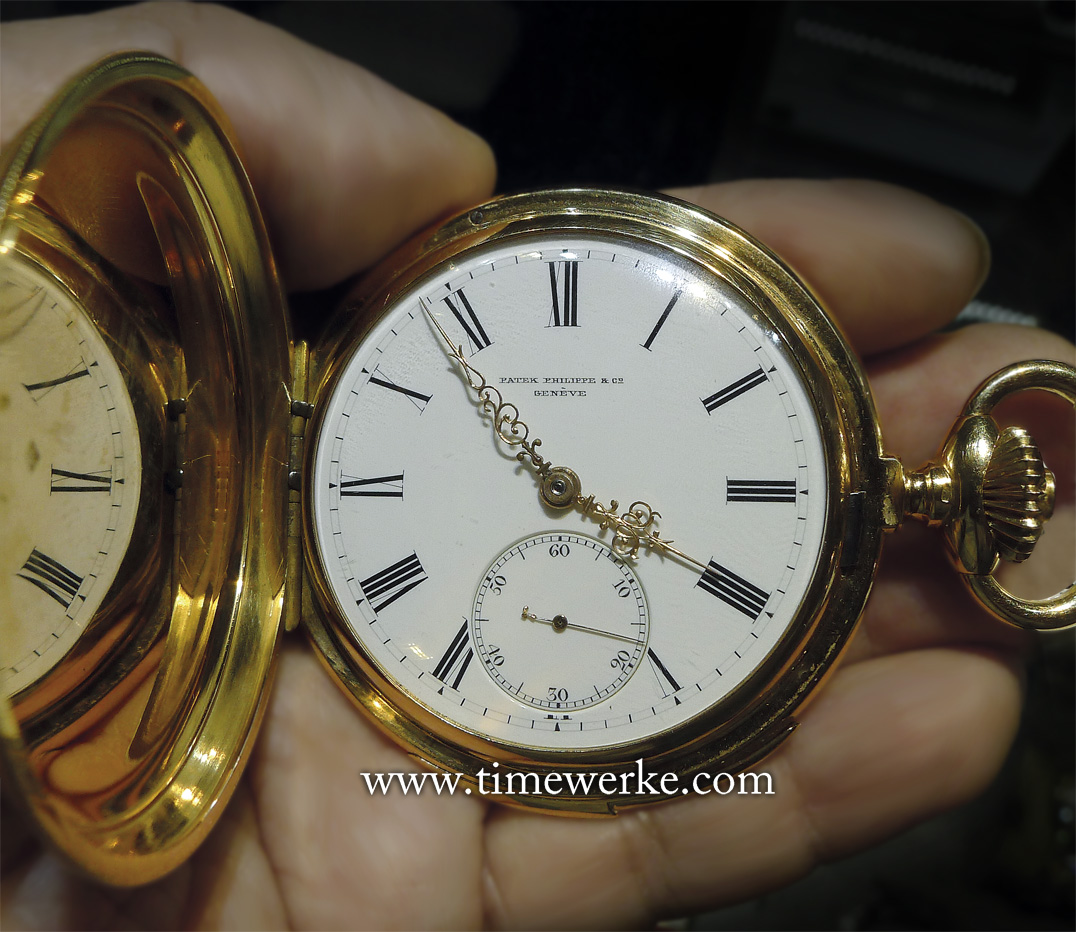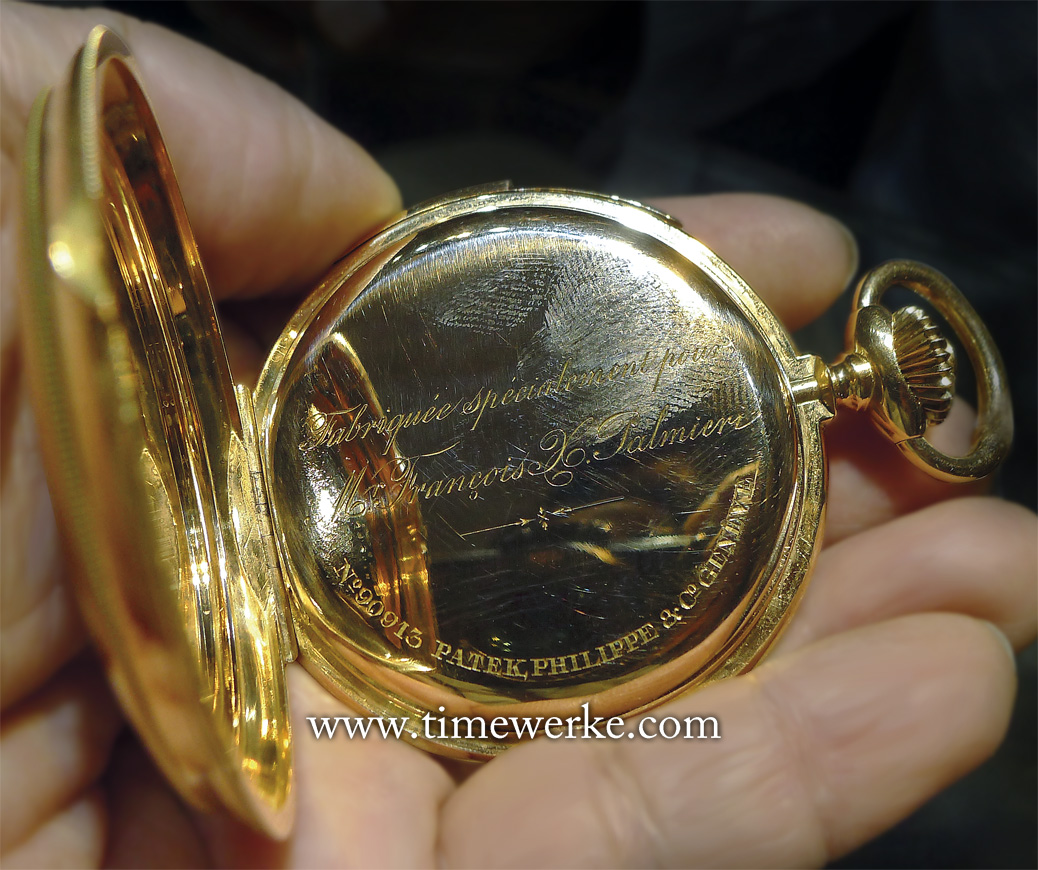
Like the seventh generation BMW 5 Series, the fourth generation BMW 6 Series gets a five-star rating from testing agency Euro NCAP (European New Car Assessment Programme). Photo: © Euro NCAP
Did you know that the safety features and systems of passenger cars can be tested independently by the European New Car Assessment Programme or Euro NCAP?
This testing programme is done for members of the Euro NCAP and the objective is to provide reliable safety information on new cars to the public.
At least four cars of a specific model have to be “sacrificed” for the crash tests to gather meaningful analyses and results.
Video source: TimeWerke Videos on YouTube.
The video above shows some of the homologation tests conducted on the seventh-generation BMW 5 Series and the fourth-generation BMW 6 Series.
As the BMW 6 Series GT shares the same platform and similar structure of the BMW 5 Series, earlier Euro NCAP tests on the 5 Series were carried over. Additional tests were performed where there are differences between the 5 Series and the 6 Series.
The crash tests are brutal and violent but we have to bear in mind that these simulations are necessary to assess the consequences of really serious accidents on the roads.
In its December 2017 ratings and reviews, the Euro NCAP awarded a five-star rating to the fourth generation BMW 6 Series, the BMW 630d GT in particular.
The 5 stars mean that the performance of this fourth generation BMW 6 Series is good in terms of crash test protection and the vehicle is well-equipped with robust crash avoidance technology.
A one-star rating means that a vehicle has marginal crash protection.
Though the tested model was the BMW 630d, the five-star rating secured also applies to the marque’s 630d, 640xd, 640xi, 640i and 630i models.
Do note that the Euro NCAP ratings only apply to vehicles in Europe with the particular specifications used in the crash test model. Production specifications and equipment may vary in different regions.



